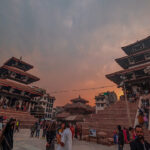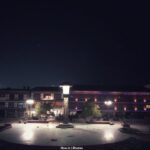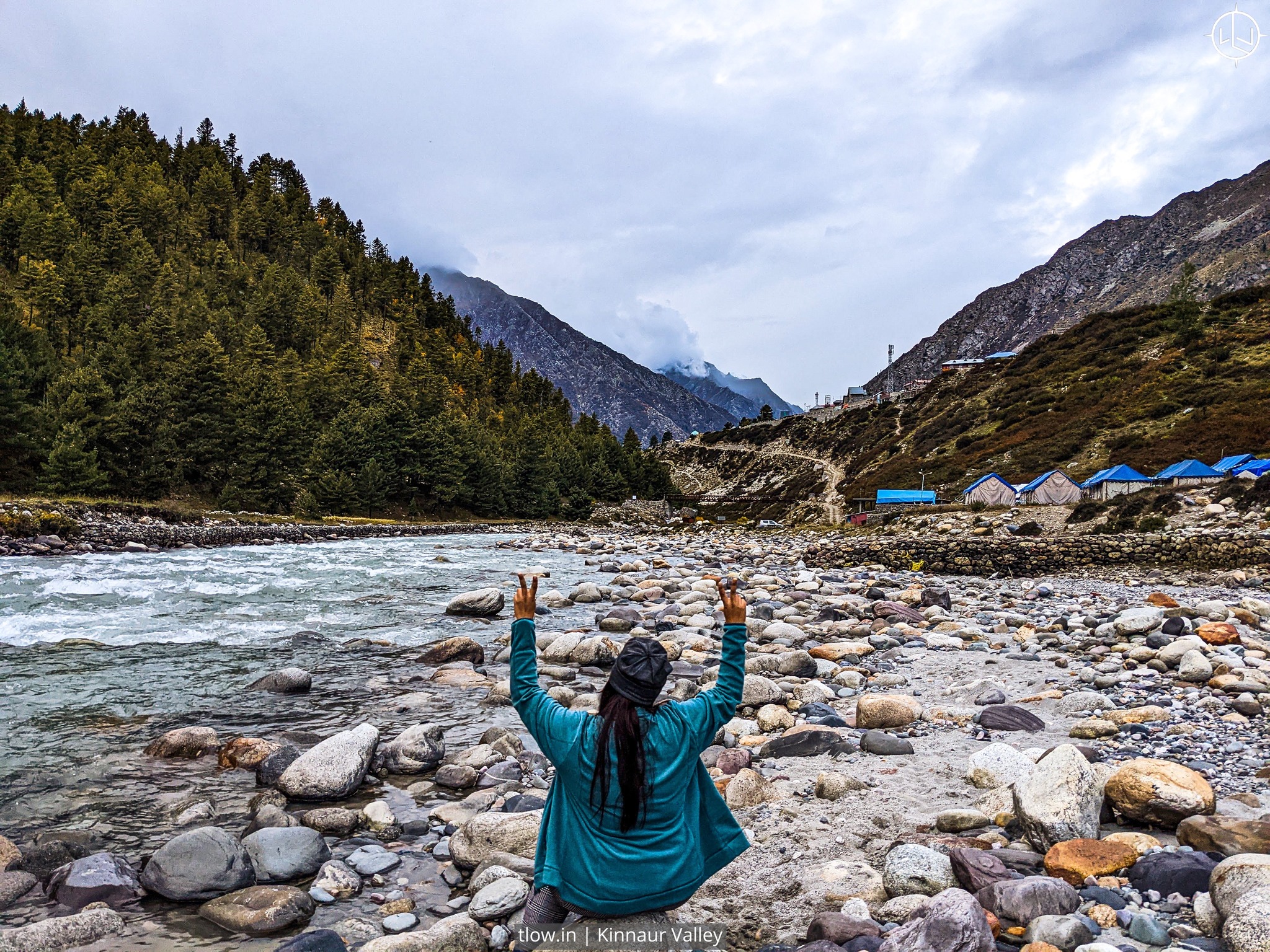
10 superb facts about the Baspa River, Himachal Pradesh
A river in the Indian state of Himachal Pradesh is called the Baspa River, sometimes known as the Baspa or the Sangla River. The River, also known as the Baspa Nala or Baspa Chu, is a prominent river in the Kinnaur district of Himachal Pradesh, India. It is a tributary of the Sutlej River and flows through the picturesque Baspa Valley. Here are some key details about the Baspa River:
Table of Contents
Introduction to Baspa
- The River rises from the Baspa Hills in Himachal Pradesh’s Kinnaur region, not far from the Indo-Tibetan border. It feeds into the Sutlej River. The Valley is known for its exceptional natural beauty and is often referred to as the “Sangla Valley” or the “Land of Fairy Tales.” The river enhances the charm of the valley with its crystal-clear turquoise-blue waters. The lush green terraced fields, snow-capped mountains, and picturesque landscapes surrounding the River make it a captivating sight.
- The River spans a distance around 150 kilometres (93 miles) in total. It passes past the cities of Sangla and Chitkul as it runs through magnificent valleys and gorges. The Valley offers opportunities for adventure enthusiasts and trekkers. Popular trekking routes in the region include the famous Kinner Kailash Parikrama trek and the trek to Baspa Glacier. The river also provides excellent camping locations and opportunities for activities such as angling and trout fishing.
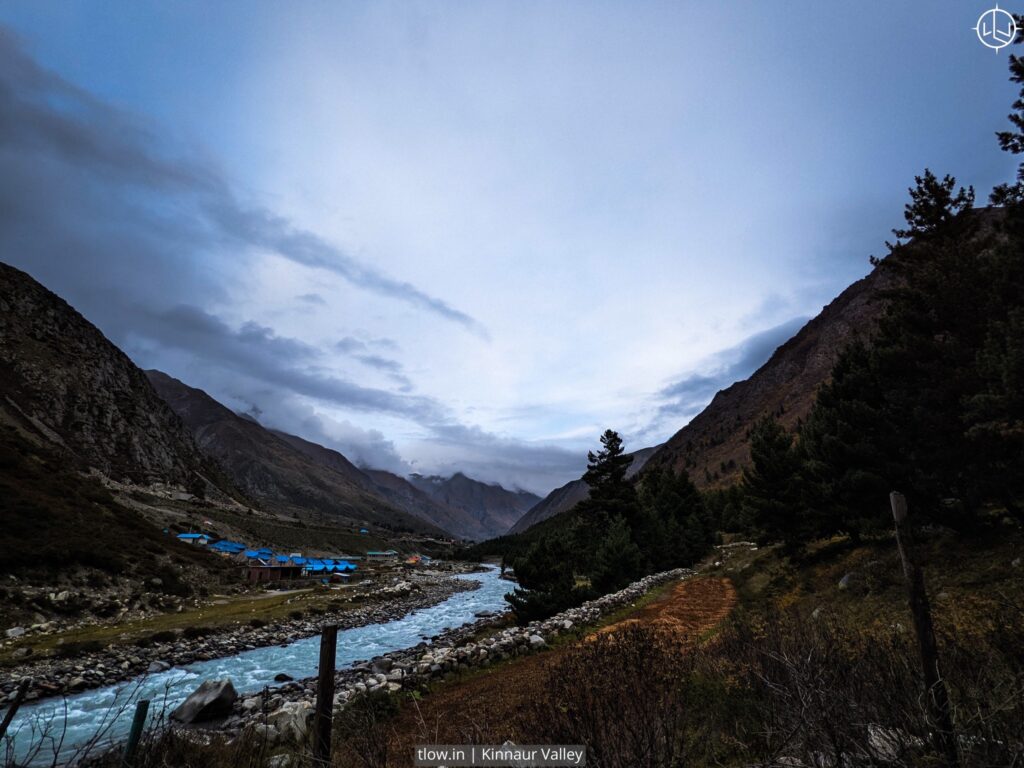
- The River is a significant Himalayan river that originates in the Indian Himalayas. It is fuelled by snowfall from the high peaks of the Kinnaur and Spiti areas as well as glaciers.
- The River is well-known for its stunning scenery. The Sangla Valley, which it passes through, is renowned for its breathtaking scenery, apple orchards, and traditional Kinnauri settlements.
Potential for hydropower:
5. The River has a large hydroelectric potential. The Baspa Hydroelectric Project, which is close to the town of Karcham, uses the river water to produce energy. At Karcham, the Baspa River joins the Sutlej River, where a hydroelectric dam named the Karcham Wangtoo Hydroelectric Plant has been constructed. The dam harnesses the river’s water for power generation and contributes to the region’s power supply.
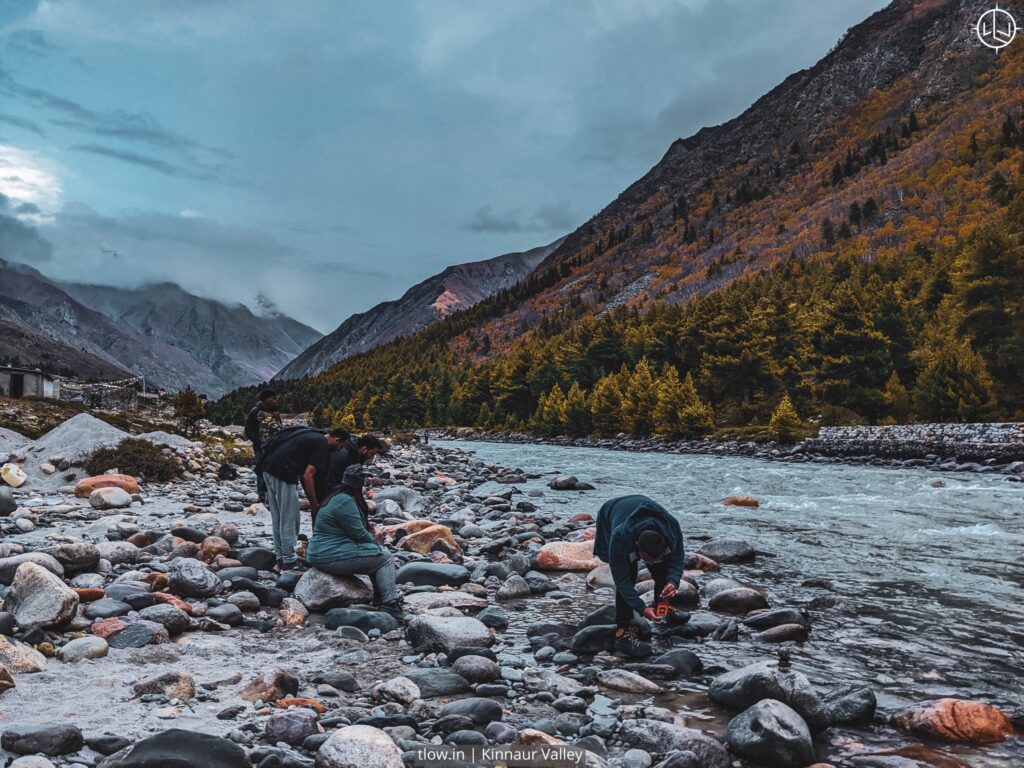
Adventure sports:
6. The River provides opportunity for sports like river rafting and fishing. For those who enjoy rafting, the river’s rapids offer exhilarating thrills. The Valley is inhabited by the local Kinnauri people, who have a vibrant culture and a unique architectural style. The valley features traditional wooden houses with carved balconies, ancient temples, and monasteries. Tourism is a significant component of the local economy, with visitors drawn to the valley’s scenic beauty, adventure activities, and cultural experiences.
7. The River and the surroundings around it are abundant in wildlife. Numerous plant and animal species, including the Himalayan monal, snow leopard, blue sheep, and several medicinal species, may be found in the area.
Religious significance:
8. For the locals, the River is of great religious value. The Kinnauri people regards the river as sacred, and there are several temples and shrines located along its banks.
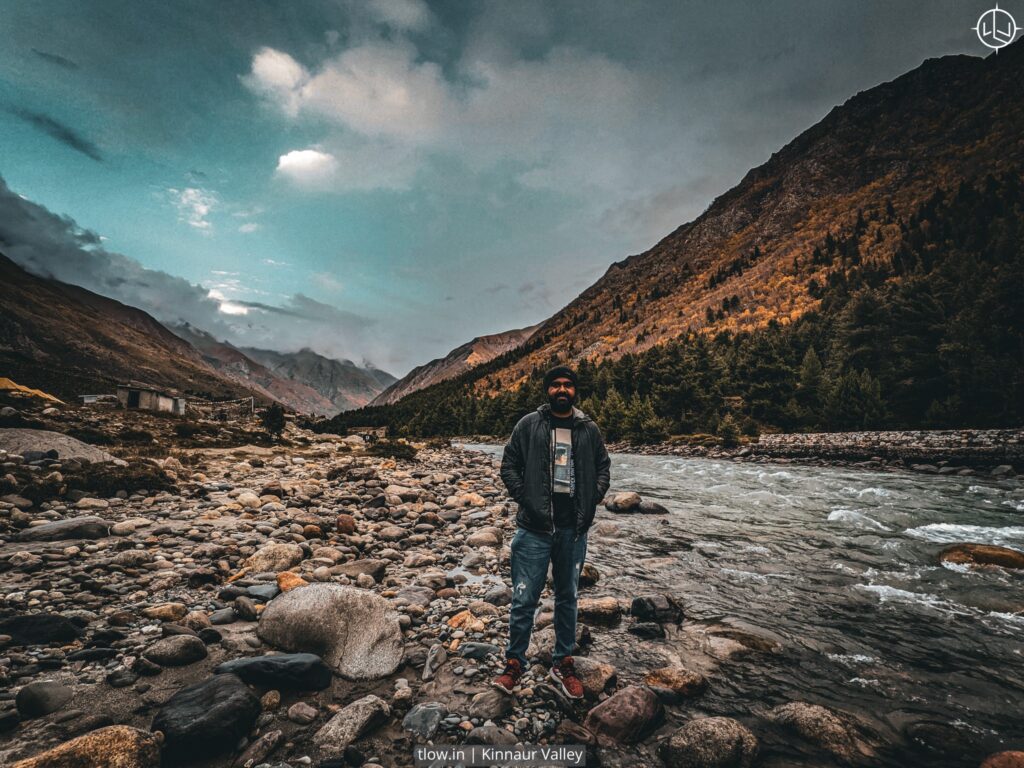
Agricultural and subsistence:
9. The Baspa River’s waters are extensively utilised for irrigation, which helps the local agricultural. Apples, potatoes, and peas may all be grown because of the rich soil along its banks. The Valley is agriculturally rich due to the fertile soil and water supply from the River. Villagers engage in cultivation, primarily of apples, potatoes, and other crops, supported by irrigation from the river. The river’s flow is harnessed by hydropower projects in the region, contributing to the local economy.
Conservation efforts:
10. The Baspa River and its surroundings are protected through a number of conservation measures because of its biological importance. The biodiversity of the river is being protected, and efforts are being made to safeguard its pristine habitat.
The Baspa River and the encompassing Baspa Valley are treasured for their natural beauty, cultural heritage, and adventure opportunities. Whether it’s for trekking, sightseeing, or experiencing the local culture, the Baspa Valley offers a memorable experience for visitors seeking solace amidst stunning landscapes.





